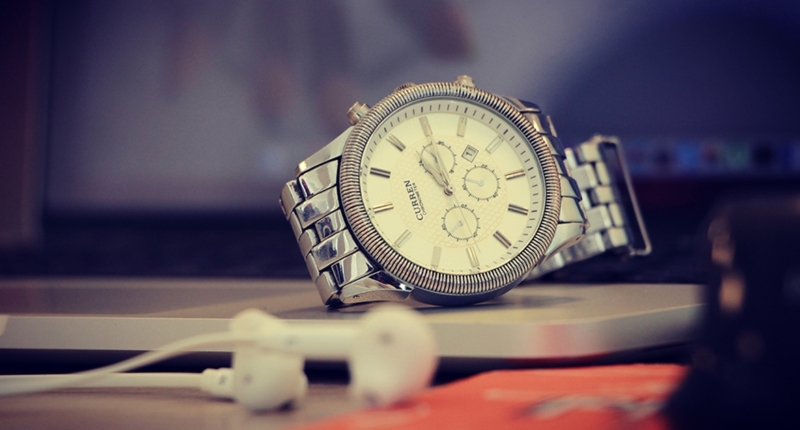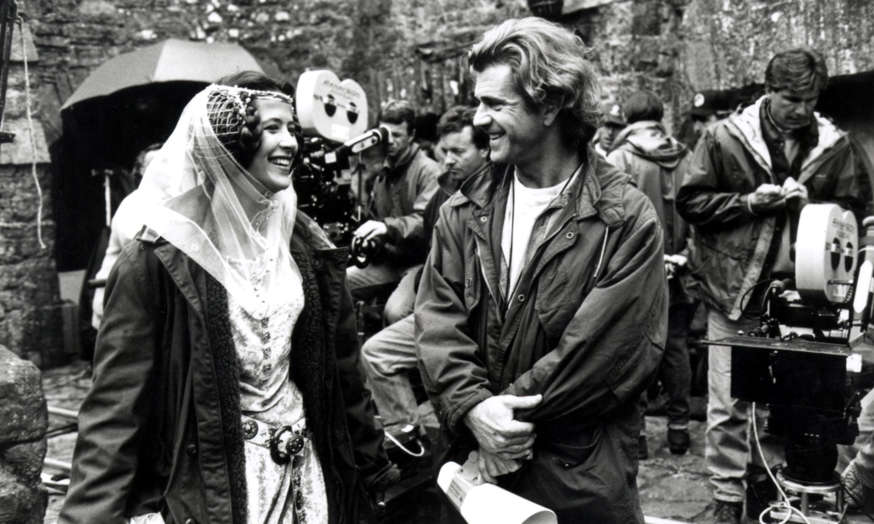Micro habits are small, achievable changes we can make to our daily routines that have a significant impact on our lives. The Quarter Hour Prayer is an excellent micro habit for mindful living that was developed by St. Arnold Janssen, a man of incredible wisdom and dedication to prayer. By implementing the one percent rule and making conscious attempts to change our habits, we can form new neural pathways that lead to better focus, productivity, and well-being. Mindful living is universally valued and endorsed across cultures and nations, and religious aspects contribute to living consciously. The Quarter Hour Prayer holds the entire mystery of the Triune God and can be recited in just 30 seconds. By taking small steps towards changing our habits, we can develop better habits and live a more mindful life. Through the intercession of St. Arnold Janssen, we can pray for the grace to live one day at a time, despite the pressures of our daily lives.
Use the Quarter Hour Prayer for Mindful Living
St. Arnold Janssen, founder of three religious congregations, developed the Quarter Hour Prayer, a spiritual exercise which he used to pray every 15 minutes. As a Holy Spirit Missionary Sister, I learned this prayer during my early years of religious formation. At first, it was challenging to master as English was not my native tongue. The directress informed us that Father Arnold would pray this prayer every quarter hour, and a clock would chime to remind him.
As time went on, my fellow sisters and I enthusiastically used the Quarter Hour Prayer to carry forward the heritage of our congregation. We recited it while engaged in chores, and over the years, the frequency of the prayer reduced to table prayer, with almost a gap of 12 hours. However, we continued to sing it on solemn occasions, adding variety to it, with community sharing at each stanza of the prayer. At the end of the prayer, we invoked the intercession of Sts. Arnold, Joseph Freinademetz, Mother Maria, and Josepha.
Only recently did I understand the significance of the Quarter Hour Prayer. Fr. Arnold Janssen was known for his incredible wisdom, and for founding three missionary congregations in Europe during Kulturkampf while religious life was in decline. He was determined to achieve what he believed was the will of God. Despite his temper and less sociable character, he was a visionary and an excellent entrepreneur. His Quarter Hour Prayer was a micro-habit that made him a legend.
By using the Quarter Hour Prayer, we can practice mindful living. After 15 minutes of work, take a break, say a prayer, and return to work feeling refreshed. It is an effective way to develop a spiritual habit and stay connected to God throughout the day. St. Arnold Janssen’s legacy continues to inspire us, and we can use the Quarter Hour Prayer to enrich our lives and find inner peace.
The Benefits of Micro Habits for Mindful Living
According to research, the average human attention span is around 10-15 minutes. We’ve all experienced this in a class or listening to a sermon. After 15 minutes, our minds tend to wander, and our focus decreases. Father Arnold Janssen developed a solution to this problem, which involved taking a break and reciting a prayer, allowing us to return to work refreshed and more focused.
Author Joe Dispenza explains that our thoughts are a set of automatic, unconscious behaviors and emotions that we acquire through repetition. By the age of 35, 95% of who we are is a memorized set of emotional reactions, behaviors, hardwired attitudes, beliefs, and perceptions that function like a computer program, leaving just 5% to our conscious mind.
Developing new habits can be challenging, but it is achievable, especially when we start small. That’s where micro habits come in. Micro habits are tiny little habits that are easier to achieve and maintain. They are not time-consuming, do not need extra effort to practice, and are easy to incorporate into our routine.
In today’s digital world, technology has impacted our original practices. We live literally on our fingertips, and almost everything works on a touch. With audiobooks, guided meditation, and audio-visual prayer services, we have an excess of things set before us to consume. However, these excessive technology-dependent practices can have a negative impact on our lives, causing lifestyle diseases, changes in behavioral patterns, shifting trends in relationships and social life, emotional fluctuation, cognitive effects, shallow spirituality, the fear of missing out, and erosion of values.
Earlier, reading was probably the hobby most mentioned in a resume. However, each of us can take stock and see how our capacity for uninterrupted attention in reading is affected by digital addiction, which is a silent killer.
In conclusion, micro habits are an effective way to create new habits and practice mindful living. By incorporating micro habits into our daily routine, we can improve our focus, productivity, and overall well-being, while reducing the negative impact of excessive technology usage on our lives.
Micro Habits and Mindful Living for a Better Life
The one percent improvement theory suggests that our success or failure is directly proportional to all the small decisions we make in life. It may be overwhelming to think about writing a book in a fortnight, but starting small – one paragraph or one page a day – is an achievable goal. By linking a healthy activity with an addictive behavior, like saying a short prayer instead of checking our phones, we can alter our habits over time.
The Quarter Hour Prayer is a perfect example of a micro habit for mindful living. Father Arnold Janssen invented the “Quarter Hour Clock” to keep himself on track with his practice. Mindful living is universally valued and endorsed across cultures and nations, but in Janssen’s time, the rush of digital technology did not pose a distraction. He would pause every 15 minutes to recite the prayer, which held the entire mystery of the Triune God, refreshing himself with the water from the springs of salvation.
Micro habits can be practiced in less than 60 seconds, and the Quarter Hour Prayer can be recited in 30 seconds. By implementing the one percent rule and making conscious attempts, a neural loop or pathway can be formed in the brain. This can lead to better focus and productivity in our daily lives.
The book “Touching Peace: Practicing the Art of Mindful Living” speaks about a similar experience the author had in a Buddhist country, where a bell would ring at regular intervals, and people would stop to focus on their breath and whisper, “listen, listen.” Mindful living is important, and religious aspects contribute to living consciously.
St. Arnold Janssen left a legacy for the three congregations he founded by living his life truly immersed in prayer. On his 114th death anniversary, we pray for the grace to live one day at a time, despite agendas, schedules, deadlines, reminders, overdue assignments, professional pressure, and personal struggles.
In conclusion, micro habits can help us develop better habits and live a more mindful life. By starting small and being consistent, we can form new neural pathways that lead to better focus, productivity, and well-being. The Quarter Hour Prayer is an excellent micro habit for mindful living, and we can learn from the example of St. Arnold Janssen and his dedication to prayer and living consciously.
Don’t miss interesting posts on Famousbio










